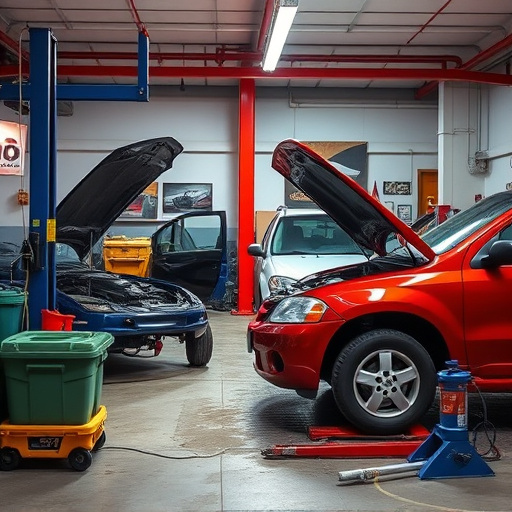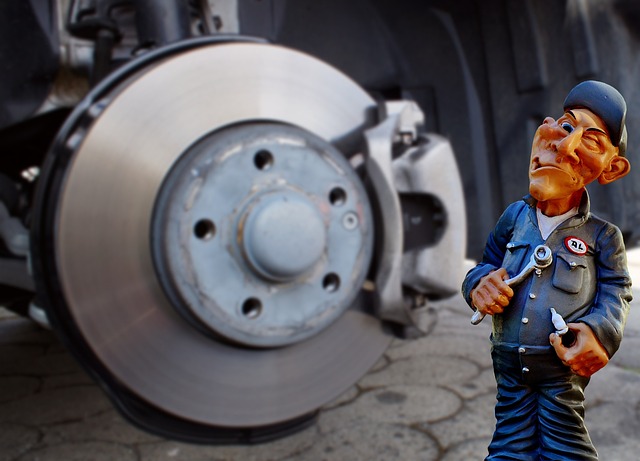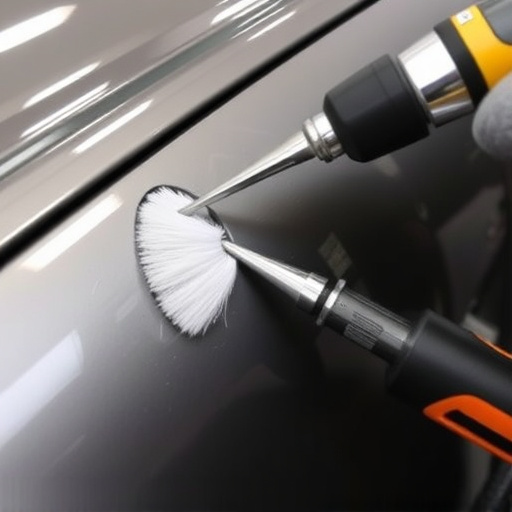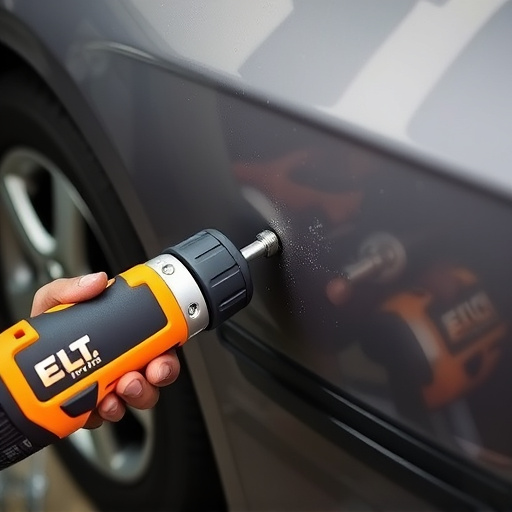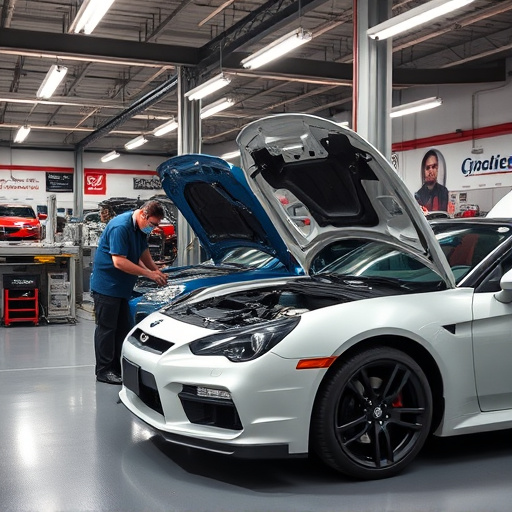Advanced Driver Assistance Systems (ADAS) have dramatically improved road safety by integrating technology like sensors, cameras, radar, and AI into vehicles, enhancing driver awareness and preventing accidents. These systems actively reduce pedestrian accidents with features like automatic emergency braking and lane departure warnings. In case of collisions, ADAS aids accurate damage assessment, streamlining pedestrian safety features repair processes for auto body shops. Skilled technicians restore critical parts like crumple zones and retune sensors to ensure ADAS function correctly without compromising vehicle integrity or safety features' effectiveness. Regular diagnostics through ADAS integration facilitates early issue identification, leading to timely repairs at reputable shops, significantly decreasing accident severity and enhancing safety for both drivers and pedestrians.
Advanced Driver Assistance Systems (ADAS) are transforming the way vehicles interact with pedestrians, offering promising solutions for enhancing pedestrian safety features repair. This article delves into the symbiotic relationship between ADAS and pedestrian safety, exploring common safety features and their repair considerations. We examine how ADAS integration significantly impacts and improves the repair process for these vital components, ultimately aiming to create safer urban environments for everyone.
- Understanding Advanced Driver Assistance Systems (ADAS) and Their Role in Pedestrian Safety
- Common Pedestrian Safety Features and Their Repair Considerations
- The Impact of ADAS Integration on Enhancing and Restoring Pedestrian Safety Features Repair
Understanding Advanced Driver Assistance Systems (ADAS) and Their Role in Pedestrian Safety
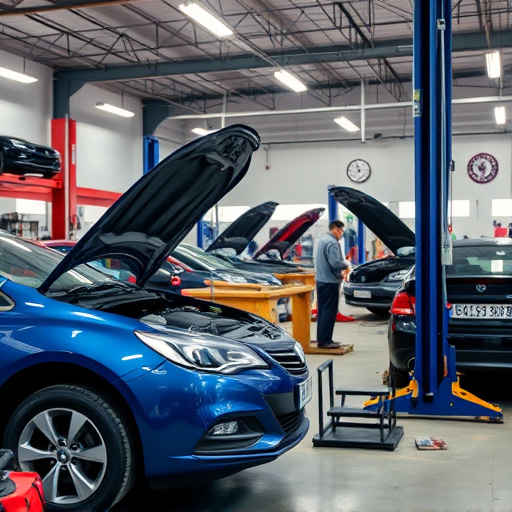
Advanced Driver Assistance Systems (ADAS) have revolutionized the automotive industry by integrating sophisticated technology into vehicles to enhance driver safety and prevent accidents. These systems use a combination of sensors, cameras, radar, and artificial intelligence to monitor the surroundings and provide real-time assistance to drivers. ADAS plays a pivotal role in improving pedestrian safety features repair, which is an essential aspect of modern road safety initiatives.
By detecting obstacles, including pedestrians, cyclists, and other vehicles, ADAS can alert drivers, apply brakes autonomously, or even steer to avoid collisions. Features like automatic emergency braking, lane departure warning, and adaptive cruise control are examples of ADAS technologies that actively contribute to reducing pedestrian accidents. In the event of a collision, these systems can also facilitate accurate damage assessment, making it easier for auto repair shops to perform precise auto body work and repairs, ensuring efficient restoration of vehicles while prioritizing pedestrian safety features repair.
Common Pedestrian Safety Features and Their Repair Considerations
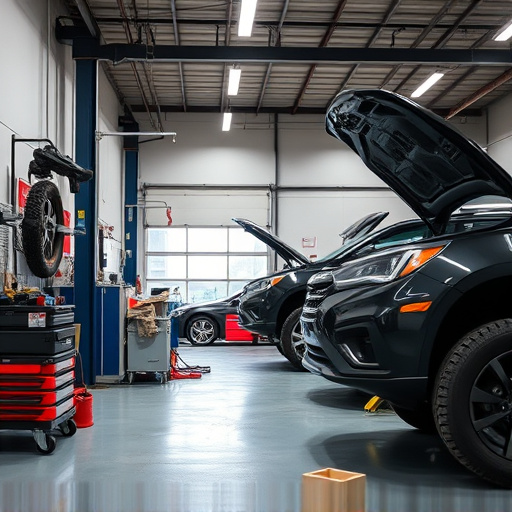
Pedestrian safety features are integral components of modern vehicles, designed to protect vulnerable road users, especially in urban areas with high pedestrian traffic. Common safety features include advanced braking systems, such as automatic emergency braking (AEB), which can detect and mitigate collisions with pedestrians. Additionally, vehicle body structures are engineered to absorb impact energy during a collision, reducing the risk of severe injuries. Side-impact protection, like side airbags and reinforced doors, is crucial for minimizing harm in lateral crashes.
When it comes to repairing these safety features, specialized auto body services are often required. Auto body repair technicians ensure that components like crumple zones and impact-absorbing structures are restored to their optimal condition without compromising integrity. Even minor repairs should be handled by professionals who can replace or retune sensors and actuators critical for the proper functioning of ADAS (Advanced Driver Assistance Systems). Auto painting services play a vital role in restoring not just the aesthetics but also the structural integrity of vehicles, ensuring that safety features remain effective after any collision or repair process.
The Impact of ADAS Integration on Enhancing and Restoring Pedestrian Safety Features Repair
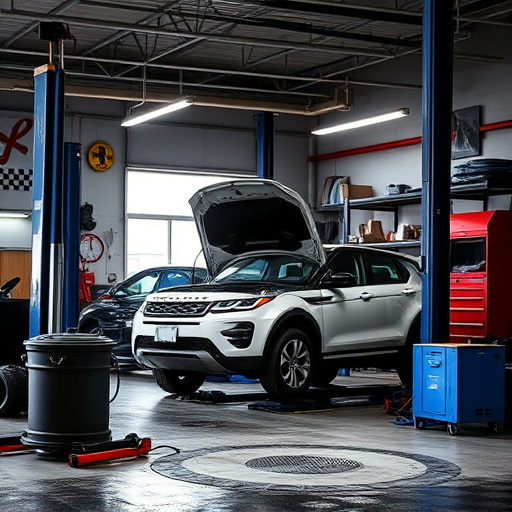
The integration of Advanced Driver Assistance Systems (ADAS) has significantly transformed the automotive landscape, especially when it comes to pedestrian safety features repair. These systems, designed to assist and protect drivers, have enhanced overall road safety. By leveraging technology such as sensors, cameras, and advanced software, ADAS can detect potential hazards, including pedestrians, and provide timely warnings or even take evasive actions. This proactive approach not only prevents accidents but also plays a crucial role in the efficient repair of pedestrian safety features when incidents do occur.
In an auto maintenance scenario, ADAS integration ensures that any issues with pedestrian safety systems are identified early through regular diagnostics. This allows for prompt repairs at reputable auto repair shops, ensuring that vehicles are equipped to handle potential encounters with pedestrians effectively. As a result, the combination of ADAS and well-maintained pedestrian safety features significantly reduces the severity of accidents, fostering a safer environment for both drivers and pedestrians alike.
Advanced Driver Assistance Systems (ADAS) play a pivotal role in enhancing pedestrian safety features repair, significantly reducing the risk of accidents and injuries. By integrating these systems, vehicles can better detect and react to pedestrians, ensuring safer streets for everyone. Understanding the common repair considerations for pedestrian safety features and leveraging ADAS technology is crucial in maintaining and improving overall safety outcomes.



